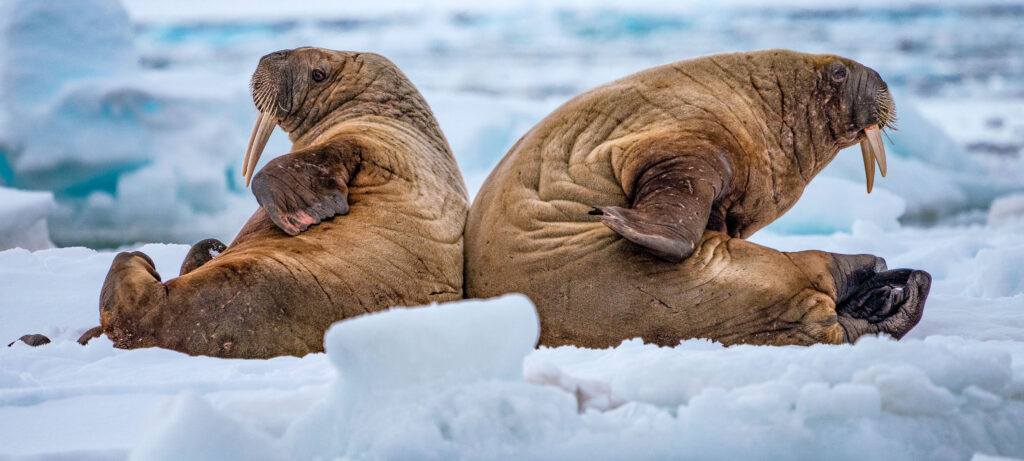The United Nations Environment Programme (UNEP) will release a follow-up to its groundbreaking 2019 Environmental Rule of Law Report in 2022. This new report will be the second global assessment of the environmental rule of law and will draw from analysis of all 193 United Nations (UN) Member States. It will provide a data-informed view of the status of, and global trends relating to, the environmental rule of law, good practices in its implementation and the impact of COVID-19. It will build on the first report, which found that despite prolific growth in environmental laws and agencies around the world, weaknesses in implementation, compliance and enforcement were exacerbating environmental threats.
We contributed to the production of this report via a mammoth research project that involved researching and answering a set of questions related to environmental law for each UN Member State. It was important to UNEP that its legal research partner had people based in the jurisdictions being studied, so they could understand the nuances of the material and know whom to ask to fill any gaps remaining from the initial research. Remarkably, out of 193 states, we only needed to call in external help for 16—as we had the language skills, in-country knowledge and capacity to tackle the rest.
“There was a clear and compelling rationale to engage White & Case for this project,” said Andy Raine, Senior Legal Officer and Head of the International Environmental Law Unit at UNEP. “It has a footprint in all regions we needed to analyze, and we were confident the product we would get would be of high quality and accurate.”
There was a clear and compelling rationale to engage White & Case for this project. It has a footprint in all regions we needed to analyze, and we were confident the product we would get would be of high quality and accurate.
Andy Raine
Senior Legal Officer and Head of the International Environmental Law Unit at UNEP
The questions were divided into four themes, each of which corresponded to a chapter in the UNEP report: law and institutions; civic engagement; rights; and justice. Before the data gathering started, lawyers from our Environmental Interest Group worked with the Cyrus R. Vance Center for International Justice and UNEP to create a set of indicators to make the report as objective as possible. Indicators are new to the report and will be used to extrapolate, summarize and communicate the key trends, as well as track changes over time. Once the research was underway, we gave further methodological input to ensure the indicators and questions were consistently interpreted and the results provided an accurate, meaningful dataset.
In total, 260 White & Case lawyers and legal team members from 35 offices contributed to the research. In addition to answering the 22 indicator questions, our people provided summaries of their research for each question to enable validation of the work. Their work has gone to UNEP’s academic partners, who will analyze and interpret the data to produce the findings for the 2022 Environmental Rule of Law Report. The report will provide a critical overview of how countries and regions are performing against the indicators, as well as identify gaps that need to be addressed and strengths that can be built on.
The report will help the UNEP fulfil its mandate to promote the development and implementation of the environmental rule of law among Member States. It will inform priorities for UN programs and partners aiming to strengthen this key goal.
“As the research progressed, we saw that the questions and indicators could be interpreted differently by different lawyers and based on what was happening on the ground in various states. This really brought home the diversity of cultures and experience at White & Case,” said supervising partner Michelle Keen in our Melbourne office. “The research was strengthened by these interpretations and opinions surfacing, the subsequent discussions, and then moving forward with a more nuanced understanding of the law.”
For Thuy Finch and Michael McArdle, both associates in our Melbourne office, the UNEP project was an opportunity to extend their environmental law and pro bono experience, as well as a chance to meet and work with our people around the world, especially as the pandemic had halted trainee and other lawyer rotations. Thuy said: “Not only did people leap at the chance to be involved with this project, but the partners helped to mobilize their teams to contribute. As a new associate joining a large, global commercial firm, it was clear to me how truly committed to pro bono White & Case is, and how passionate its people are about the environment.”
Photo by Andy Mann © Bespoke Reps
Walruses in Norway



